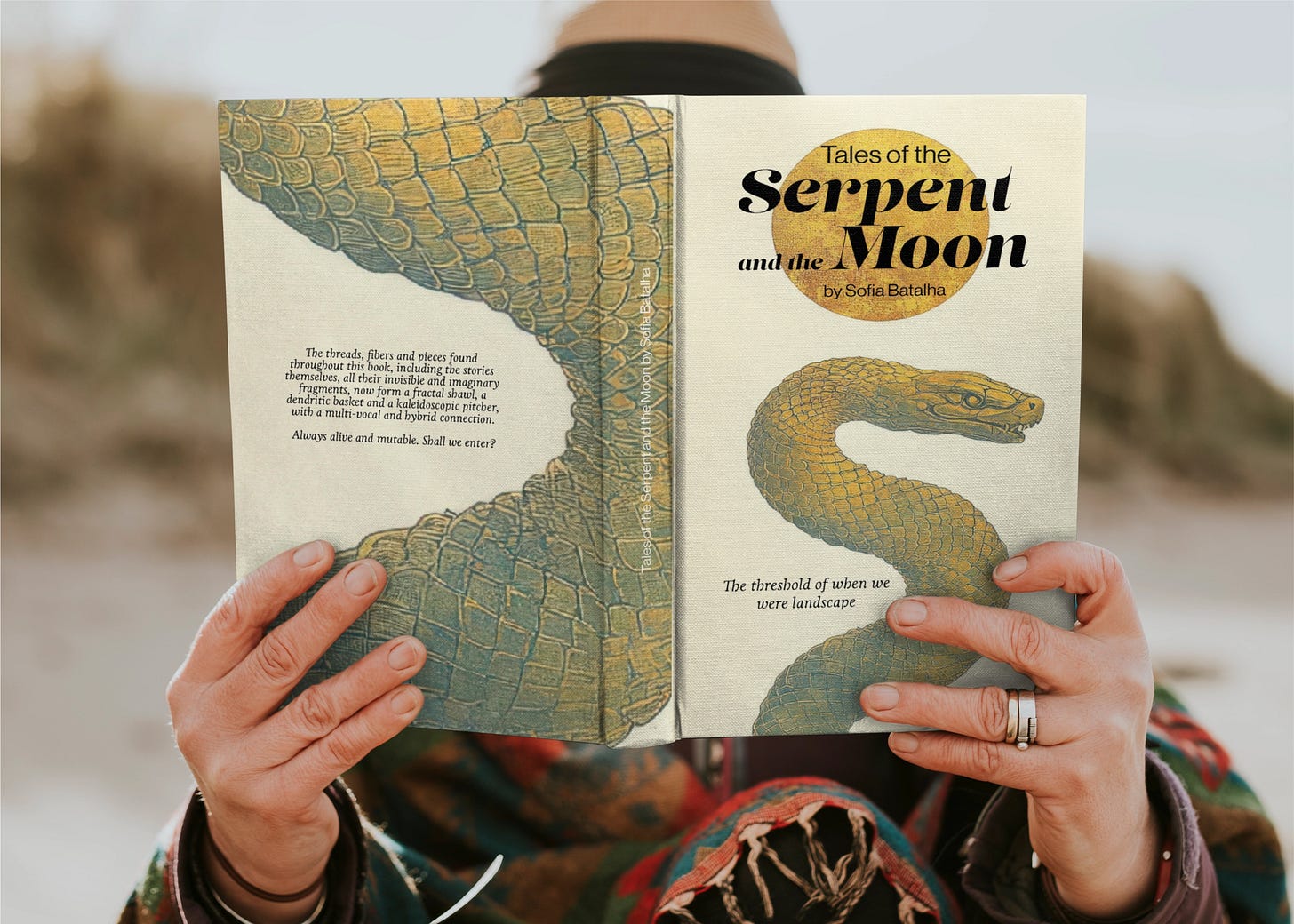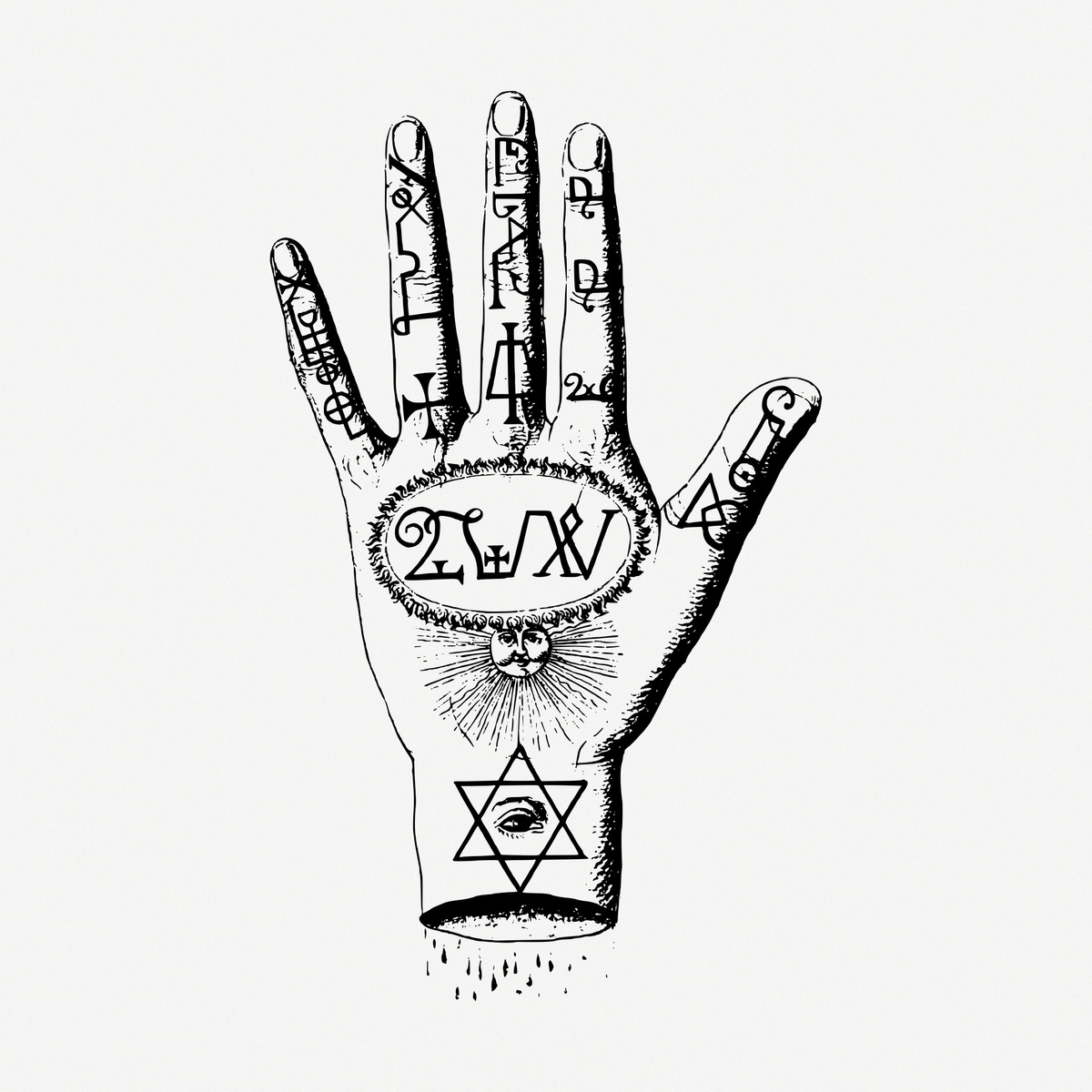Dear reader,
Please note that the content shared here on Substack will differ from what appears in the printed book. While many of the themes, stories, and inquiries may echo across both formats, the book itself has undergone a thorough process of review, editing, refinement, and expansion. In that sense, the printed version holds a more curated, deepened, and embodied iteration of the work.
Think of the Substack as a living ground, where ideas are still fermenting, evolving, and growing their tendrils. The book, meanwhile, is a vessel, harvested with care, ripened in its season, and offered as a more coherent ceremonial bundle.
With tenderness for the ongoingness of becoming,
—Sofia


After inviting the ancestral washerwomen and the warriors, the builders and the enchanted maidens, we now call on the Spinning Mouras. On this journey of thread reweaving (the opposite of dismemberment) and rescue through sacred and ancestral territories, we inevitably touch on destiny, the thread of fortune woven into the web of life.
After so long kneeling on the ground with our hands in the dirt, touching and feeling, risking opening the flesh, exposing scars and sometimes howling in pain, we have found shards, fibres and threads, authentic relics and treasures nourished by other perceptions and perspectives.
Now, the shawl can finally be mended. With these new enchanted threads, which connect the past, present and future, we seduce the Spinning Mouras, inviting them to weave new landscapes and possibilities into the destiny of the world. Skilful hands in motion that generate life.
These sacred women who spin the spindles are the first known sources that show the archaic and wild Goddess (witch or fairy) as a spinner. She is destiny itself, and her spinning has an immense creative force in time and space, as Max Dashu writes. Traditionally, they appear in trios, in a pattern repeated in countless mediaeval European traditions. The French peasants of Saintonge said that the fades (fates) or bonnes (“good women”) wandered in the moonlight like three old women, always carrying spindles of prophetic powers. They were seen along the banks of the river, near certain caves or megalithic monuments. Portuguese women made offerings to fairies whose name shows their derivation from “dianas”: “In the Algarve, the memory is not extinct of female creatures called jãs or jans, as it was customary to leave a skein of flax and a loaf of bread in the home. In the morning, the flax would be spun as fine as hair and the cake would have disappeared”. The Brothers Grimm say that German legends are full of women who weave, making magical cloaks or other garments, such as “the cloak of the wild fairy”.
Hand Cartography
In various ancient and pre-agrarian geographies, it was mainly women who manipulated and transformed these organic and flexible raw materials, such as clay, fibres or yarn, creating patterns and graphic archetypes of experiential wisdom. It is in our fingertips that we have hundreds of nerves, dozens of muscles, tendons, tissues and skin, which manifest this sensitive force, moving ancestral hands full of wisdom that dedicatedly weave patterns and knots of affections and memories. Rough-skinned hands that know rudeness, anguish and need.
Rough-skinned hands that know delicacy, abundance and tenderness. These ancient hands are not only capable of building tools; they are also talismans of deep reverence for the sensitive world around them, a living cosmos embedded in the dimensions of each finger. They are also guardian hands, caring and nurturing for each other, sowing, moulding, weaving, caressing and holding. These hands also reproduce and create rhythms, pulses and ancient melodies. They can sing. Hands incorporate us into the cosmos, they are and weave life together with the complex living systems of the world. Hands work with legacy and lineage, co-creating the profound future. With their five fingers, they bear witness to the pluriverse and its dynamic diversity. Their touch is sacred.
Hands store information. In oral cultures, wisdom is stored in the landscape and the body. The hands, with all their complexity and functionality, can hold many layers of stored information. Just by pressing on a specific area of the palm or a finger, or by wrapping a line around the finger, we can remember and relate to it.
Keep reading with a 7-day free trial
Subscribe to Cosmic-Chthonic Cartographies to keep reading this post and get 7 days of free access to the full post archives.





